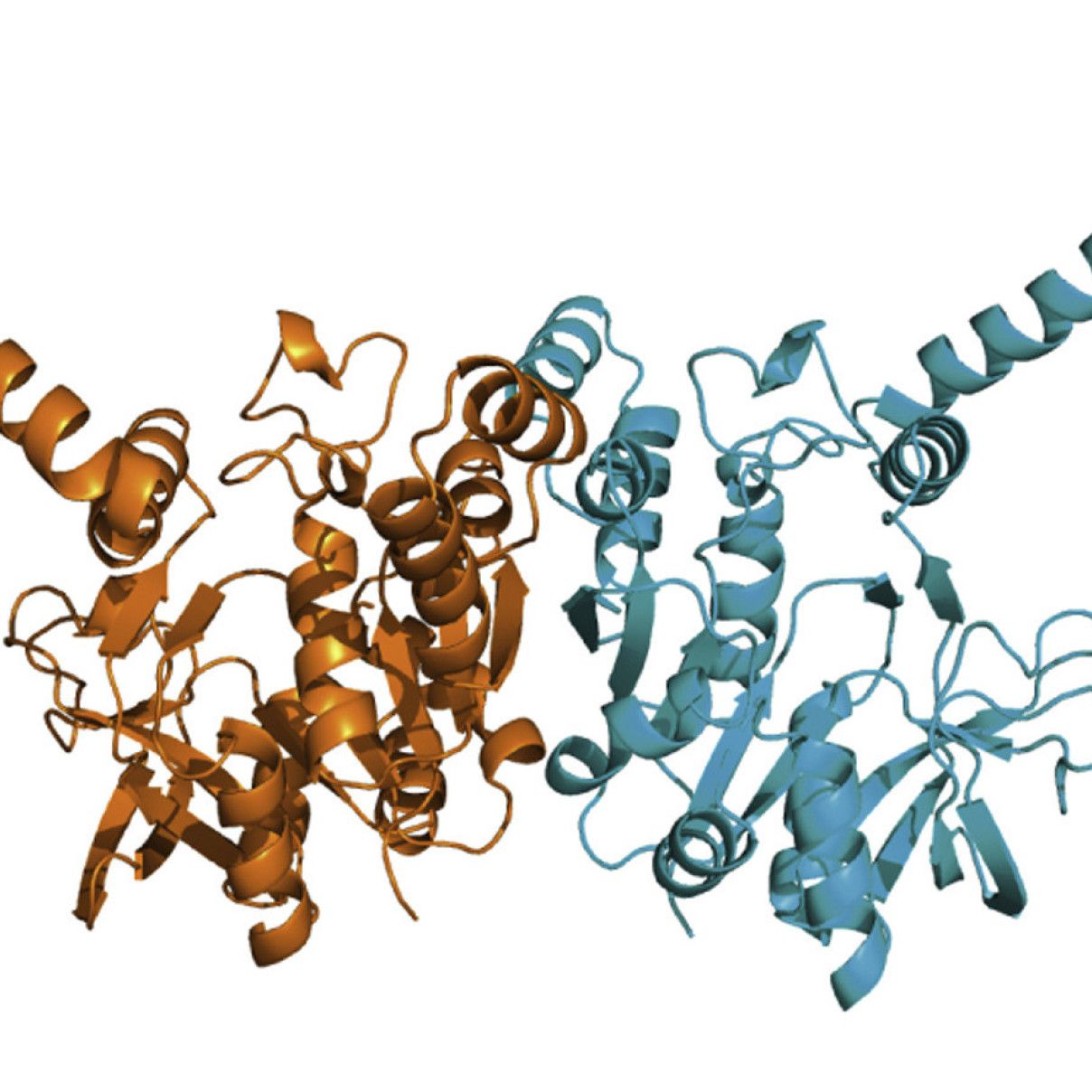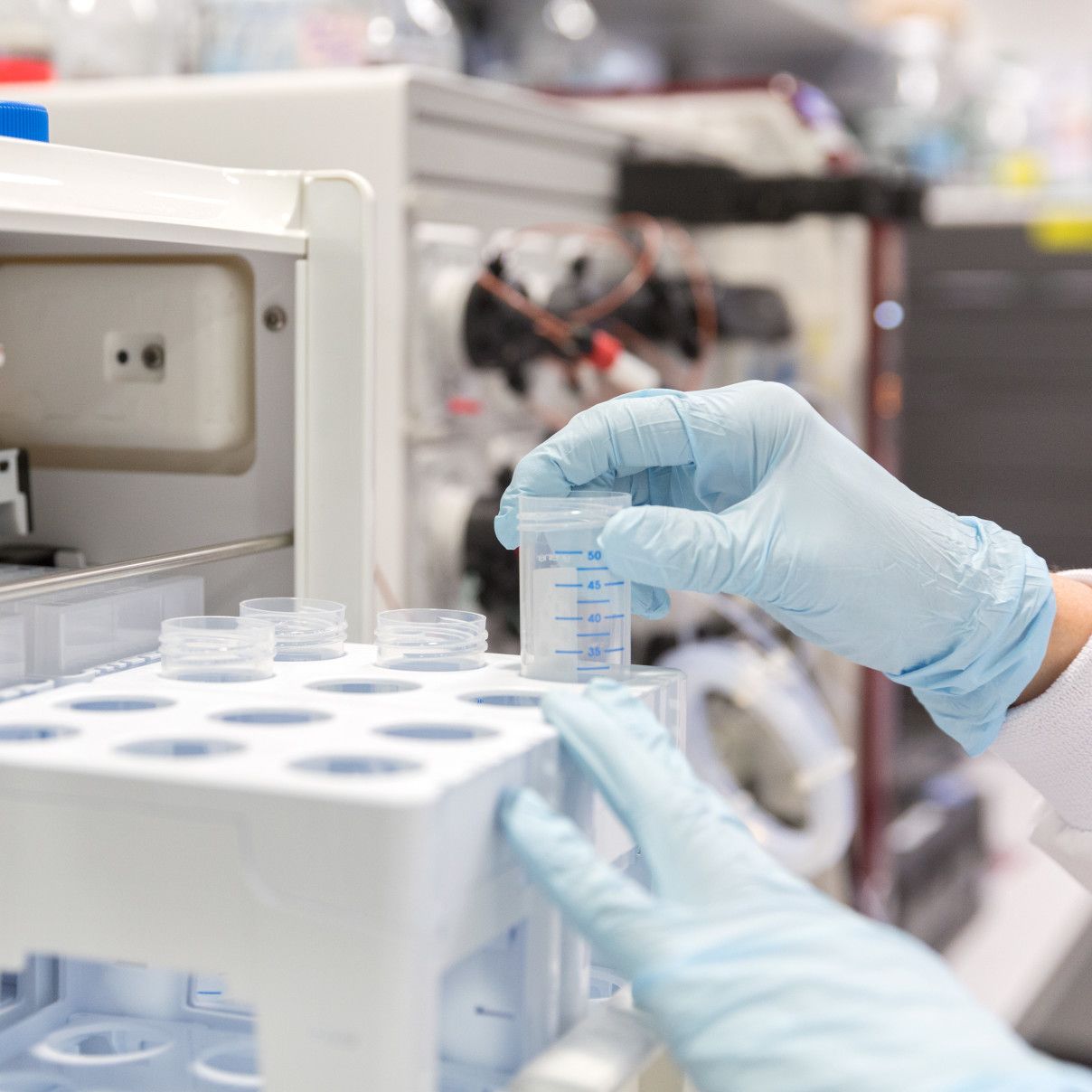The Home Source is no longer in regular use in the facility and will be decomissioned and relocated to the Physics Department as part of the new Laboratory for Ultra-fast X-ray Diffraction (LUXD) being developed by The Van Thor Group.
If you are interested in carrying out an X-ray crystallgoraphy experiment expertise can be provided to support groups with no dedicated crystallographers from project inception to final structure solution. For all enquiries please contact the facility manager, who will be happy to discuss your needs and requirements and the associated charges.
X-ray diffraction equipment (No Longer In use)
As the equipment uses ionising radiation, all users have to undergo an induction and complete relevant registration forms before use. Please read how to get started.
Rigaku Micromax 007HF-M
| left side | right side |
|---|---|
| Rigaku Saturn 944+ CCD detector |
mar345 image plate detector |
| four-circle AFC-11 partial χ goniometer with 2 theta swing arm | |
| Reflections measurable to 1.9Å in standard configuration or to 1.2Å with 2 theta at 50 degrees | Reflections measurable to 1.6Å |
| Less than 2 seconds readout, exposure time in seconds | 80 seconds per image |
| PlateMate assembly for data collection straight from the tray | |
| VHF (Very high flux) optics with Osmic VariMax mirrors |
HF (High flux) optics with Osmic VariMax HF mirrors |
| Sample spot size of ~100 microns | Sample spot size is ~200 microns |
| Beam divergence between 10 to 2 mRad (motorised slits) | Beam divergence between 4.8 and 0.1 mRad |
Whilst slower than the Saturn CCD, the mar345 offers improved range of data (345mm detector diameter versus 135mm for the Saturn) and it is not limited by dynamic range. Thus longer exposure times can be used for weaker diffracting samples.
Both sides are equipped with Oxford Cryosystems 700 cryostreams that autofill from 160L liquid nitrogen Dewars to give 7-10 days of continuous use. In addition, liquid helium is used to prevent oxidation of the mirrors.

